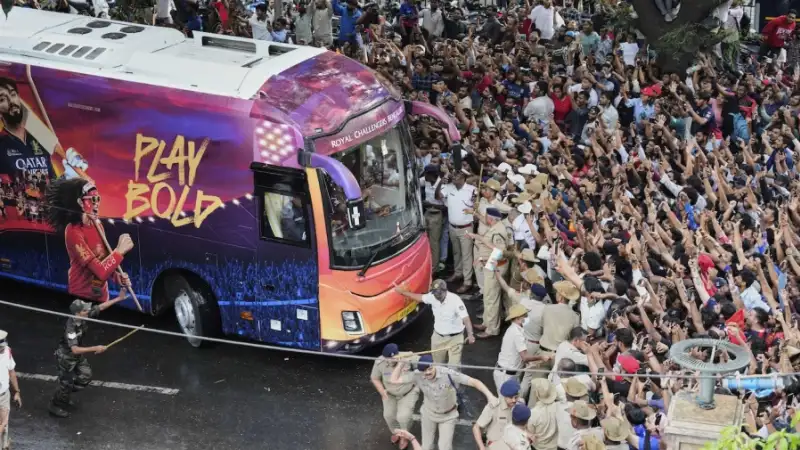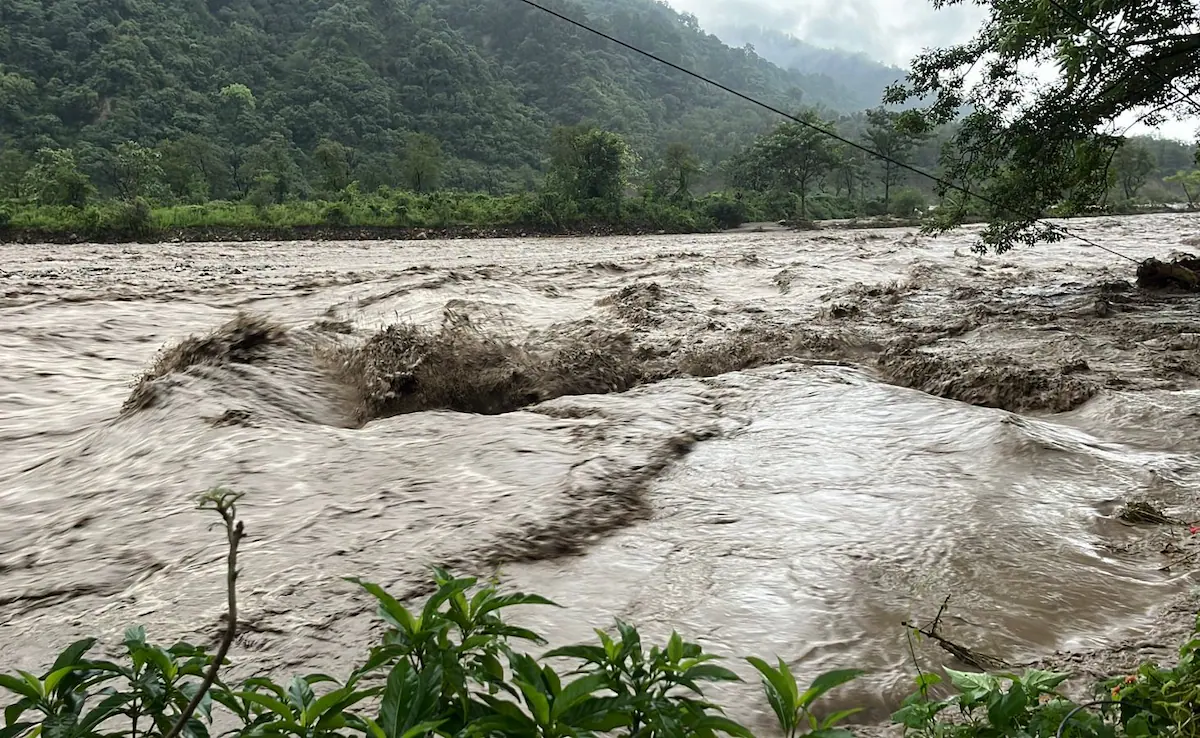RCB Victory Parade Turns Tragic: 11 Killed in Bengaluru Stampede at Chinnaswamy Stadium
On June 4, 2025, what was meant to be a historic and joyful celebration for the Royal Challengers Bangalore (RCB) quickly turned into a scene of chaos and heartbreak. As fans gathered in massive numbers outside Bengaluru’s iconic M. Chinnaswamy Stadium to celebrate RCB’s first-ever IPL title win, a deadly stampede claimed 11 lives and left more than 50 others injured.
The tragedy has shocked cricket fans across the country, raising serious concerns about public event safety and crowd management during such large-scale gatherings.
How the RCB Stampede Unfolded
The incident occurred just hours after RCB’s jubilant victory in the IPL 2025 final, where they defeated Punjab Kings to finally break their championship drought. The official RCB social media accounts announced a victory parade and fan celebration at the Chinnaswamy Stadium starting at 5 PM. The announcement, made around 3 PM, included a link for limited free passes—but by then, it was already too late to control the crowds.
Within minutes, tens of thousands of fans flocked to the stadium. Estimates suggest that more than 200,000 people gathered, dwarfing the venue’s actual capacity of just over 35,000. The rush and lack of controlled access created extreme pressure at certain entry points, particularly near Cubbon Park Gate, where most casualties occurred.
Eyewitnesses described the horrifying moment when the crowd surged forward, trapping people near barriers and crushing those who fell. Panic spread as people cried for help, but the situation quickly spiraled out of control.
Casualties and Injuries
Among the 11 who lost their lives were a woman and a child. Over 50 people were reported injured, with several in critical condition. Emergency services were delayed due to the massive crowd blocking access routes. Local hospitals were overwhelmed with casualties, and families are still waiting for updates about missing or injured relatives.
Reactions from Authorities and RCB
The RCB franchise expressed deep sorrow and condolences to the families affected. A statement from the team acknowledged the gravity of the incident and assured full cooperation with ongoing investigations.
BCCI Secretary Devajit Saikia called it a “monumental failure in planning,” stating that events of this magnitude require expert crowd control measures. The Karnataka government also responded with shock. Chief Minister Siddaramaiah announced a full magisterial inquiry into the incident, admitting that the authorities failed to anticipate such a massive turnout.
Prime Minister Narendra Modi called the tragedy “absolutely heart-wrenching” and extended his condolences to the victims’ families.
The Role of Social Media and Mismanagement
Much of the outrage online has been directed at RCB’s last-minute announcement on social media. Critics argue that the invitation, posted just hours before the event, gave no time for law enforcement or the stadium management to prepare. There was no clear system in place to handle the flood of fans, and no emergency plan activated once the situation turned critical.
Karnataka State Cricket Association (KSCA), which manages the stadium, has come under scrutiny for not coordinating properly with local police or issuing crowd-control protocols. A lack of designated entry and exit points, minimal barricading, and inadequate police presence all contributed to the disaster.
Public Outcry and Online Reactions
Social media exploded with tributes for the victims and criticism of the organizers. Hashtags like #RCBStampede and #BengaluruTragedy began trending within hours. Former RCB owner Vijay Mallya posted a condolence message on X (formerly Twitter), which sparked backlash due to his controversial past and perceived insincerity.
Many users have questioned why lessons from previous crowd disasters were not applied, especially during a high-profile cricket event in a city like Bengaluru.
Moving Forward: What Needs to Change
This tragedy highlights the urgent need for comprehensive safety protocols for public gatherings in India. With cricket being a national passion, events like these are bound to attract massive crowds. Organizers—whether sports franchises, governments, or private entities—must prioritize safety over publicity.
Here are key takeaways from this incident:
-
Never announce mass public events without prior clearance and security arrangements.
-
Crowd control experts should be involved in event planning.
-
Emergency exits, medical facilities, and barricading must be pre-deployed.
-
Stadium and city officials must coordinate well in advance, especially when handling spontaneous crowds driven by emotion and excitement.
Conclusion
The deaths at the RCB celebration are a dark reminder that joy can turn to sorrow in moments when basic safety is overlooked. As the cricket community mourns this irreparable loss, it is also a moment for serious reflection and action.
Let this be the last time a victory costs lives.









